#John alexander skelton
Explore tagged Tumblr posts
Text

John Alexander Skelton A/W '24 Look via InkClothing
166 notes
·
View notes
Text


acne studios sweater, my signature archivio skirt, and my caterpillar engineer boots.
#archivio jm ribot#archivio#elena dawson#marc le bihan#macross#ma+#maurizio amadei#guidicommunity#acne studios#miu miu#commedesgarcon#junya watanabe#noir kei ninomiya#ann demeulemeester#undercover#rei kawakubo#jun takahashi#yohji yamamoto#casey casey#paul harnden#layer 0#john alexander skelton#julius 7#artisanal design#artisanal fashion#japanese fashion#japan fashion#new york#fashion details#girlblog
19 notes
·
View notes
Text






Can we talk about how good John Alexander Skeleton's work is? Or is that a conversation we're not ready to have?
19 notes
·
View notes
Text
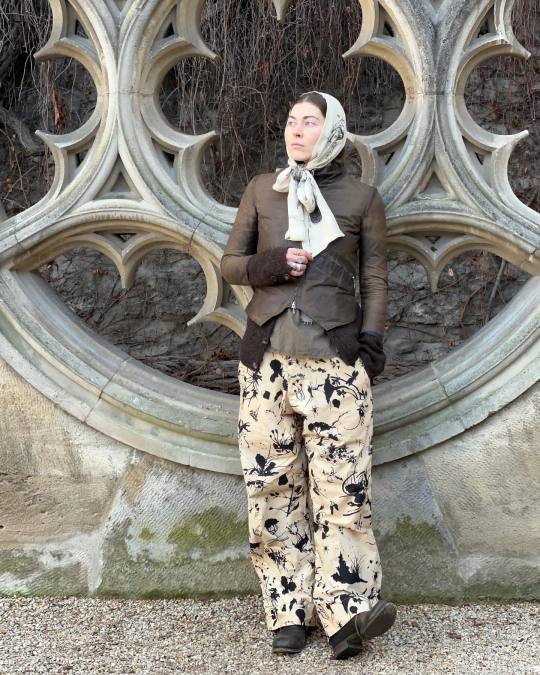
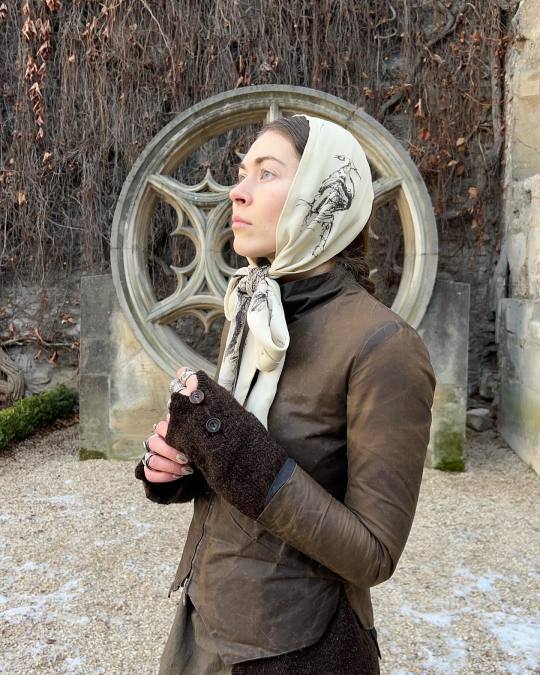
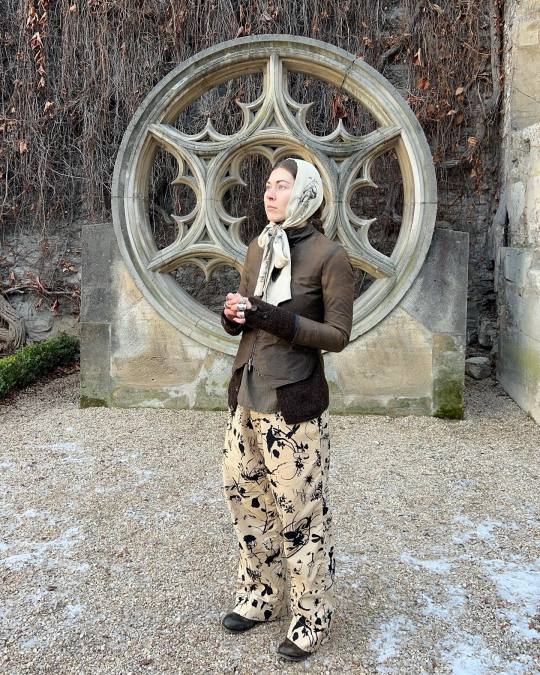
evdimova
57 notes
·
View notes
Text










John Alexander Skelton, Autumn/Winter 2024 Menswear
42 notes
·
View notes
Text



Tired and driving to DC again this past weekend / stuff I bought today to feel better (sort of worked)
11 notes
·
View notes
Text
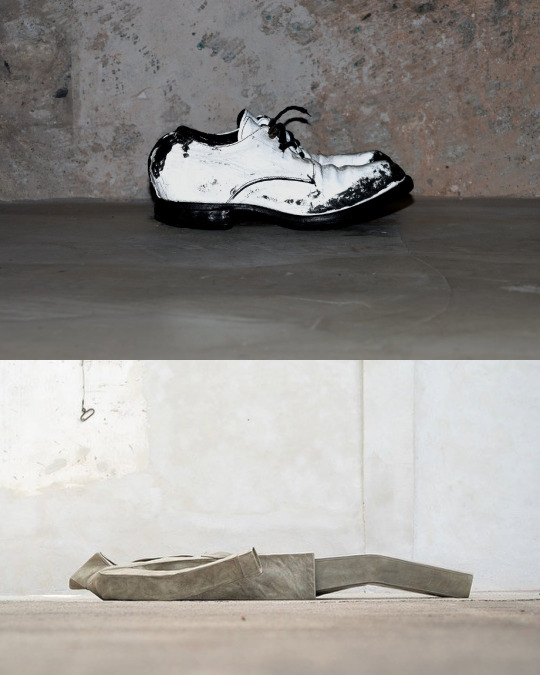
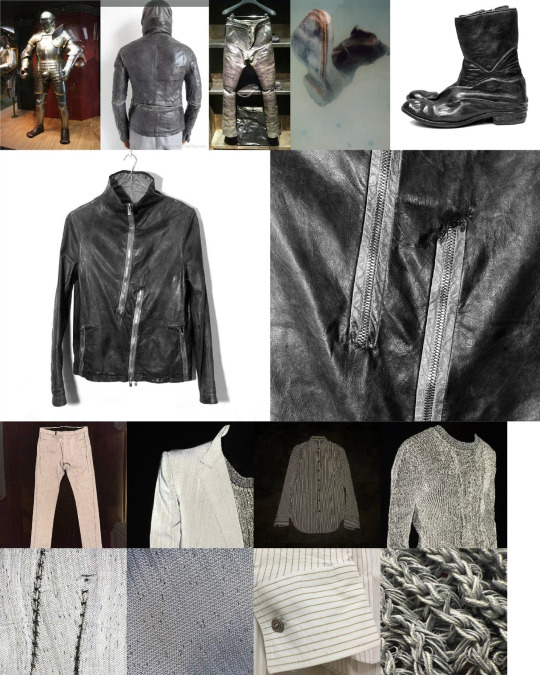



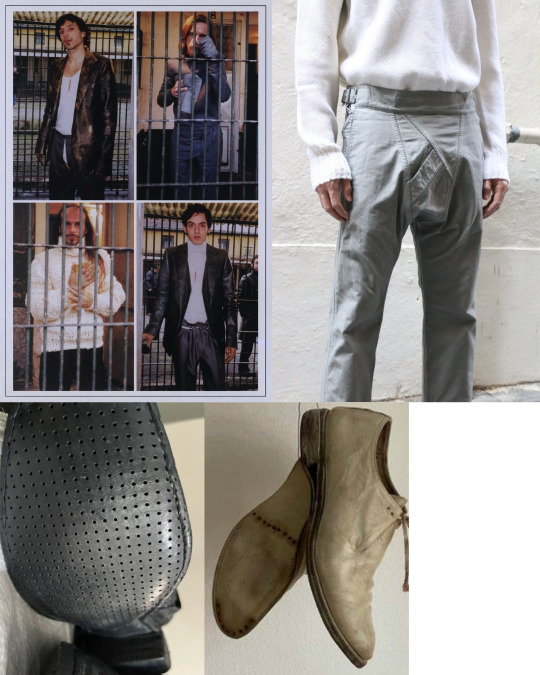


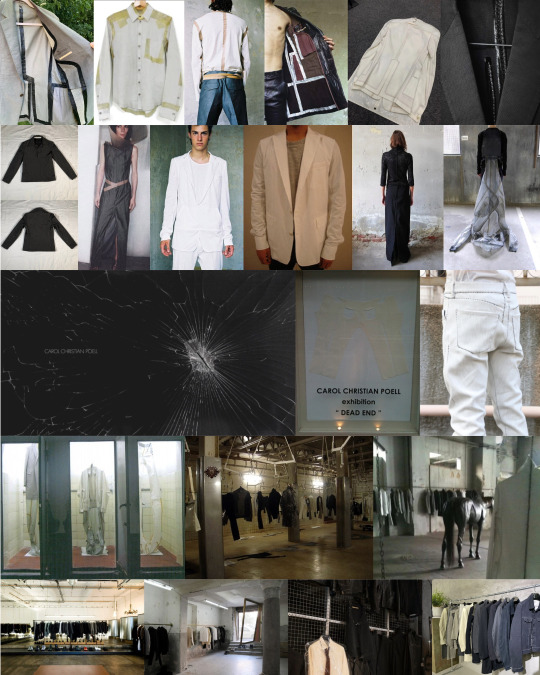
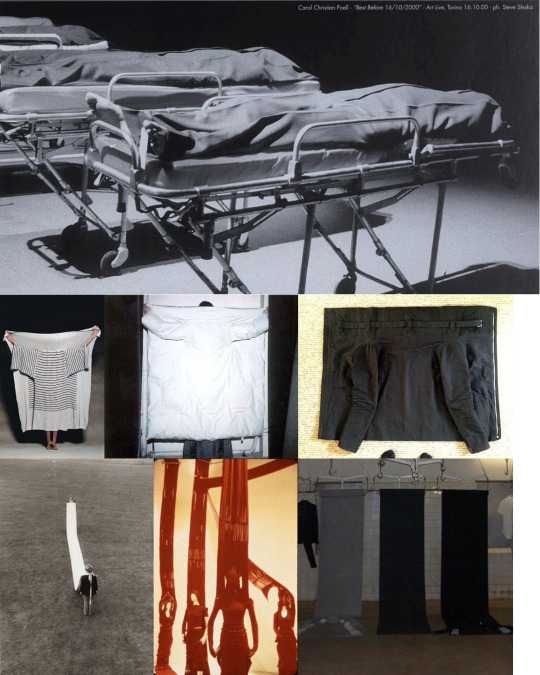
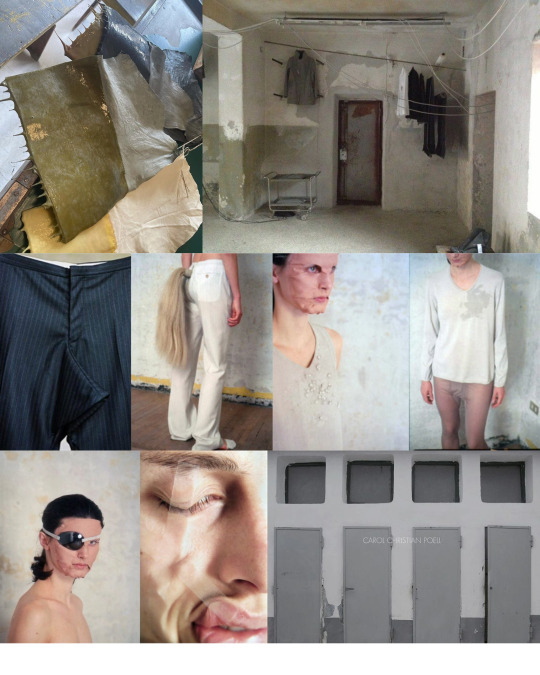



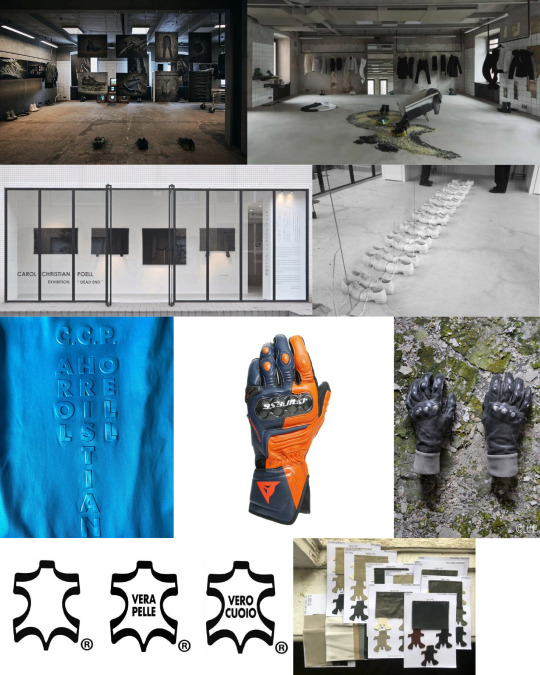

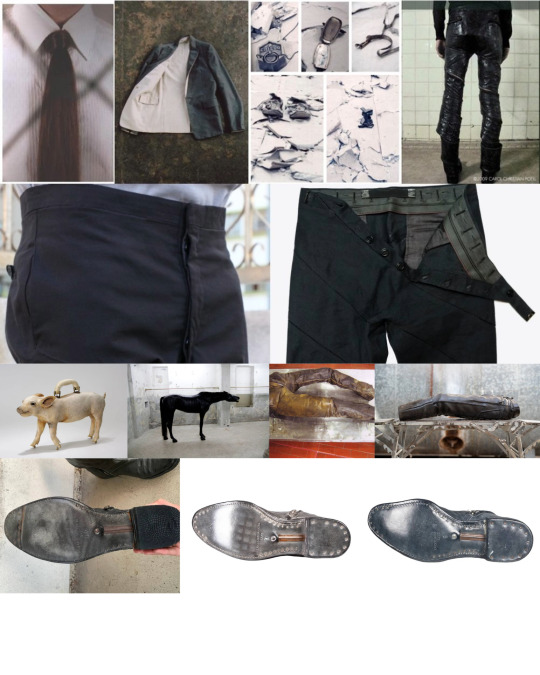
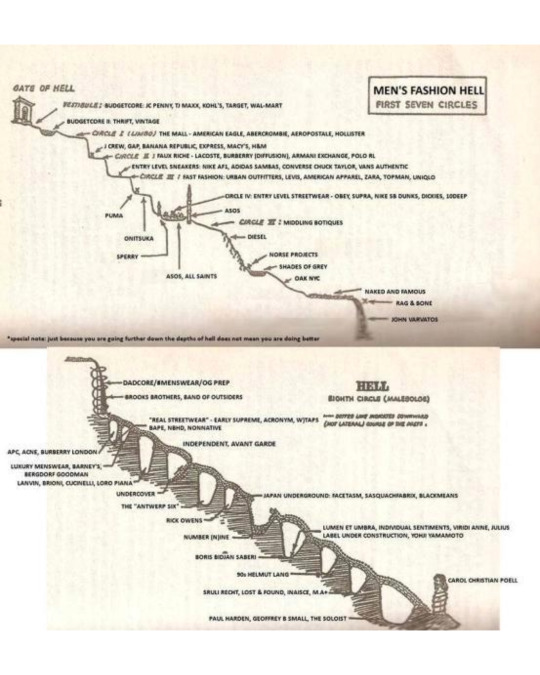










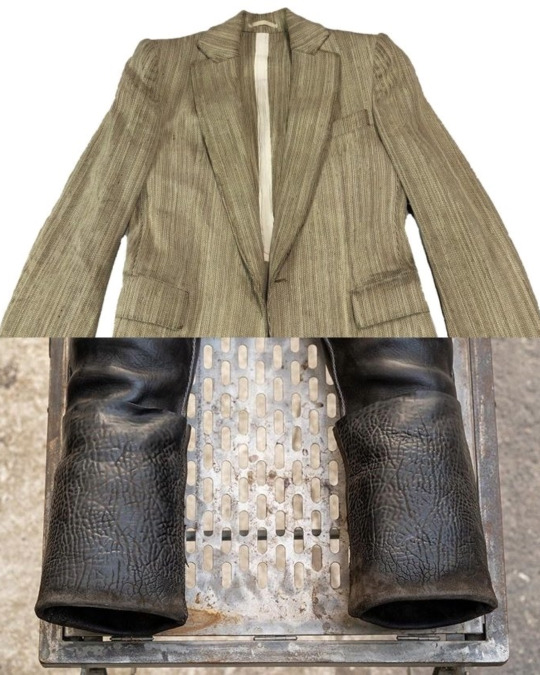
Translated version) Ultimate Guide to Carol Christian Poell 2024 by Mascarar_11 Link in bio to view this content. #vowi
https://vowi.us/ultimate-guide-to-carol-christian-poell-2024-by-mascarar_11/
#carol christian poell#maurizio altieri#M_moriabc#a1923#elenadawson#paul harnden#Deepti barth#john alexander skelton#archivio j.m ribot#uma wang#p.r patterson
5 notes
·
View notes
Text

John Alexander Skelton - Fall 2022 menswear collection
2 notes
·
View notes
Text

My outfit to the nutcracker last night for my 2 year anniversary with gf 🩰
2 notes
·
View notes
Text

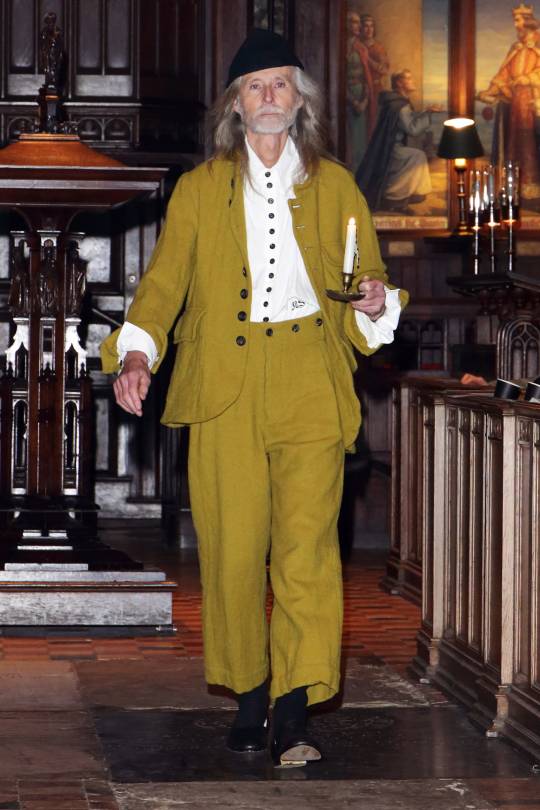
JOHN ALEXANDER SKELTON FW24 LOOKS 12 & 21
9 notes
·
View notes
Text

John Alexander Skelton CXVII
48 notes
·
View notes
Text


details on these beautiful archivio pants
#archivio jm ribot#archivio#jm ribot#balenciaga#commedesgarcon#noir kei ninomiya#junya watanabe#jun takahashi#undercover#ann demeulemeester#rick owens#mm6 maison margiela#maison margiela#rei kawakubo#marc le bihan#elena dawson#paul harnden#layer 0#john alexander skelton#guidicommunity#2014 nostalgia#i miss 2014#2014 aesthetic#2014 grunge#2014 revival#2013 tumblr#soft grunge#dark grunge#dark coquette#dark academia
19 notes
·
View notes
Text

John Alexander Skelton | William Waterworth | thisispaper
13 notes
·
View notes
Text
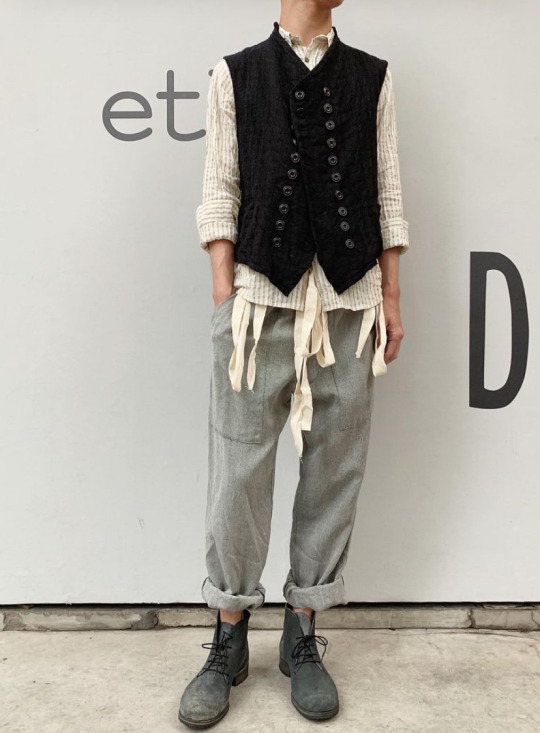
via eth0s_shanghai
46 notes
·
View notes
Text

2 notes
·
View notes
